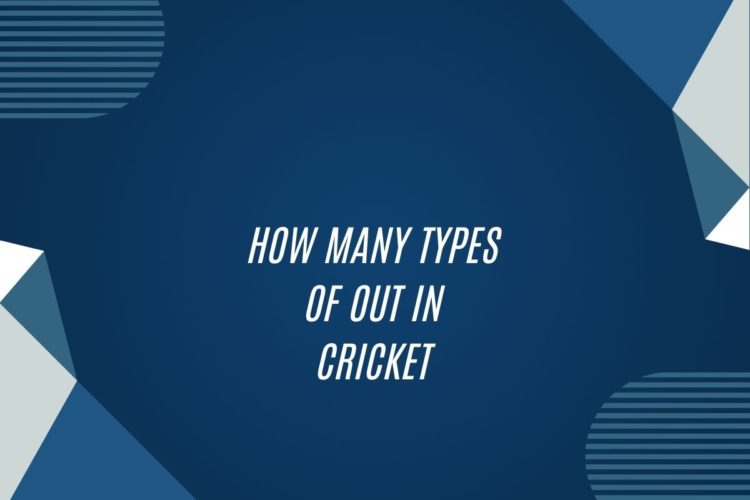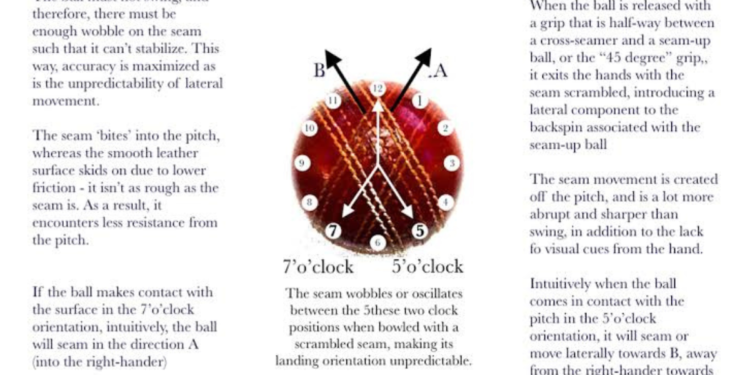Caught
A fielding technique cherished by cricket enthusiasts worldwide, a catch involves a fielder successfully intercepting a ball hit by the batsman without it touching the ground. The skill and dexterity required to execute a clean catch demand precision and quick reflexes on the field. A well-timed dive, a perfectly poised leap, or a lightning-fast snatch are all common ways fielders make a catch, making it a defining moment in any cricket match.
The joy and excitement of the fielding team and the disappointment of the batting side are palpable upon witnessing a catch. Fielders, often lauded for their athleticism and agility, take pride in making crucial catches that can change the course of a game. Be it a simple lob from the batsman or a fierce drive, a successful catch not only dismisses the batsman but also elevates the morale of the fielding side, showcasing the importance of sharp fielding skills in the sport of cricket.
Bowled
When a batsman is bowled in cricket, it means that the bowler has successfully delivered a ball that hits the stumps, resulting in the bails being dislodged. It is one of the most common ways in which a batsman can get out in the game. The bowler’s primary objective is to outsmart the batsman by bowling in a way that makes it difficult for them to defend their stumps.
The sound of the ball crashing into the stumps is often followed by a collective gasp or cheer from the players and spectators alike. A well-executed delivery that results in the batsman being bowled out is a moment of triumph for the bowler and their team. It is a skill that requires precision, accuracy, and strategy on the part of the bowler, and a lapse in concentration or technique from the batsman can lead to a swift exit from the crease.
LBW (Leg Before Wicket)
Leg Before Wicket, often referred to as LBW, is a dismissal in cricket that occurs when the batsman is struck on the pad in line with the stumps and the ball, in the opinion of the umpire, would have gone on to hit the stumps. This rule aims to prevent a batsman from using their legs as a barrier to protect their wickets, ensuring a fair chance for the bowler to dismiss them. When an appeal for LBW is made, the umpire must consider various factors such as the trajectory of the ball, the point of impact on the batsman, and the position of the batsman in relation to the stumps before making a decision.
LBW is one of the most contentious dismissals in cricket, often sparking debate among players, spectators, and commentators. The nature of LBW makes it a complex decision for umpires to make, as they must analyze multiple variables in a split-second to determine if the batsman should be given out. The introduction of technology such as the Decision Review System (DRS) has helped in some cases to provide a more accurate assessment of LBW appeals, reducing errors and enhancing the fairness of the game.
Run Out
When a batsman is run out in cricket, it occurs when they are trying to complete a run and the fielding side successfully removes the bails or stumps with the ball before the batsman reaches the batting crease. This dismissal is usually a result of quick fielding, accurate throwing, and teamwork among the fielders. Run outs can often change the momentum of the game, shifting the advantage from the batting team to the fielding side.
Run outs require swift decision-making and communication between the fielders to execute the dismissal effectively. It is essential for the fielding side to stay alert and anticipate potential opportunities for run outs during the game. Analyzing the running patterns of the batsmen and positioning fielders strategically can increase the chances of successfully executing a run out. The excitement and tension that surround a run out make it one of the most thrilling and impactful moments in a cricket match.
Stumped
A batsman’s worst nightmare on the cricket field is getting stumped by the wicketkeeper. This dismissal occurs when the batsman steps out of their crease to play a shot, misses the ball, and the wicketkeeper swiftly dislodges the bails behind them before they can make it back in time. It’s a moment of quick decision-making and precision execution by the wicketkeeper, leaving the batsman stranded and frustrated as they head back to the pavilion.
Stumping requires not only sharp reflexes but also astute judgment to anticipate the batsman’s movement and act swiftly. The wicketkeeper must be agile and alert to capitalize on even the slightest mistakes made by the batsman. Stumpings often result in moments of celebration for the fielding team, while the batsman rue the lapse in concentration that led to their dismissal.






















